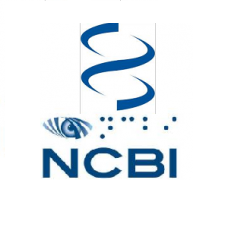هدف
داده های علمی عمیقا نشان داده اند که استرس کاری خطر ابتلا به بیماری های قلبی عروقی را افزایش می دهد. با این حال، کمتر ،به رابطه استرس و سندرم متابولیک مورد توجه قرار گرفته شده است . در این مطالعه، هدف ما بررسی رابطه بین استرس کار و سندرم متابولیک در جمعیت رادیولوژیست است.
مواد و روش ها
شرکت رادیولوژیست ها و رادیوتراپیست ها در کنفرانس های علمی برای ارزیابی کامپایلیک پرسشنامه استرس کار و پارامترهای اصلی برای تشخیص سندرم متابولیک (چاقی، فشار خون بالا، سطح کلسترول بالا، تری گلیسیرید بالا، و قند خون) دعوت شدند.
نتایج
بسیاری از پزشکان حداقل یک جزء پاتولوژیک در این نظر سنجی (تعداد = 383، 58.6٪) یافتند. 47 نفر (7.1٪) سندرممتابولیک بودند. همه متغیرهای نشان می دهد که استرس کاری، خواه برگرفته از مدل کنترل تقاضا Karasek و یا از مدل تلاش / پاداش ابداع شده توسط Siegrist، پیش بینی قابل توجهی از قطعات سندرم متابولیک بودند. پرتونگاران باافزایش سطح استرس تا به حال به طور قابل توجهی بالاتر از خطر تحت تاثیر قرار داده شده توسط سندرم متابولیکی از همکاران با کاهش استرس همراه بوده است .
چه استرس به عنوان "فشار شغلی"، یعنی، بار کاری بالا و کاهش قدرت اختیاری (OR 4.89، 95٪CI تعریف شده 2.51-9.55)، و یا به عنوان "تلاش پاداش عدم تعادل"، یعنی، عدم تطابق بین تلاش و پاداش برای کار انجام (یا 4.66، 95٪CI 2.17-10.02)شده است.
نتیجه گیری
باید نتایج حاصل از این مطالعه توصیفی_مقطعی را تایید کرده، سپس به صورت طولی آن ها را بررسی کنیم،آنها به مداخله سازمانی سریع برای کاهش استرس شغلی در رادیولوژیست ها، نیاز دارند.








